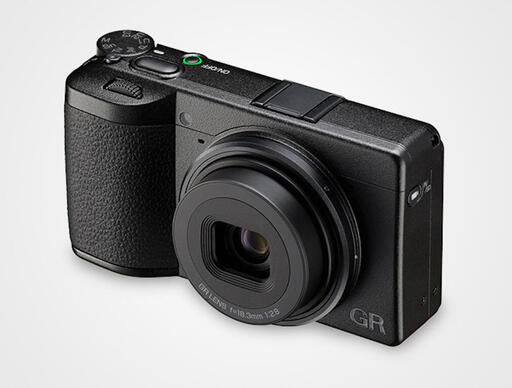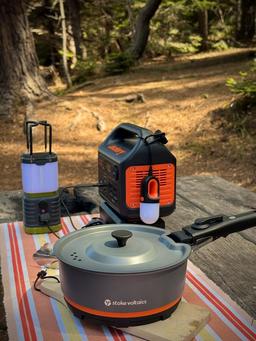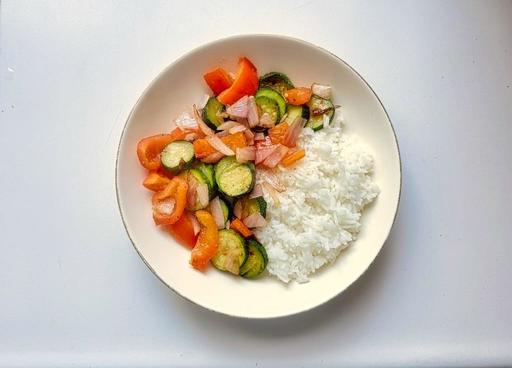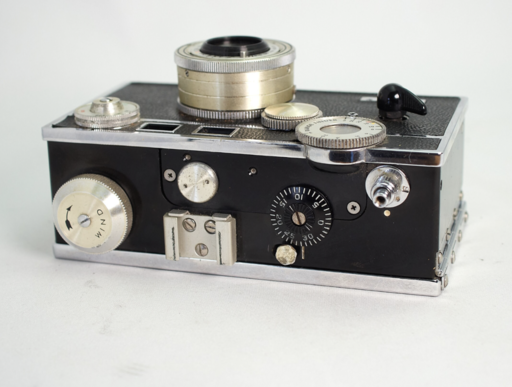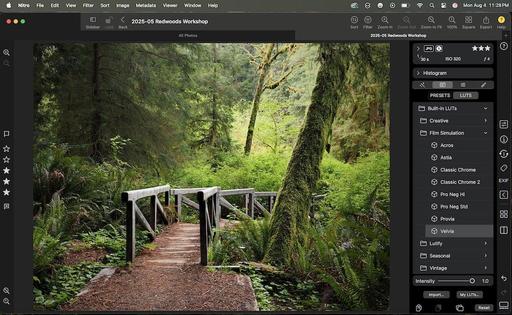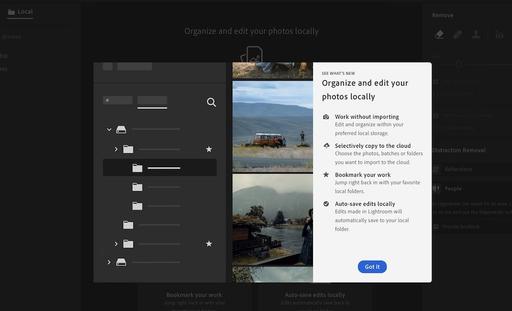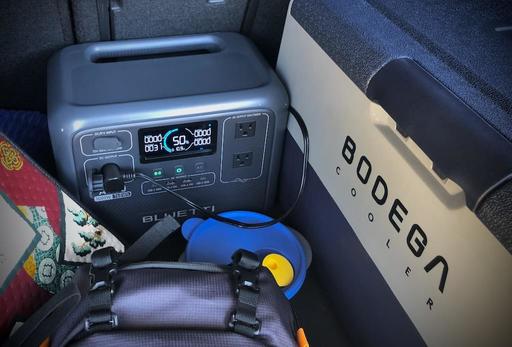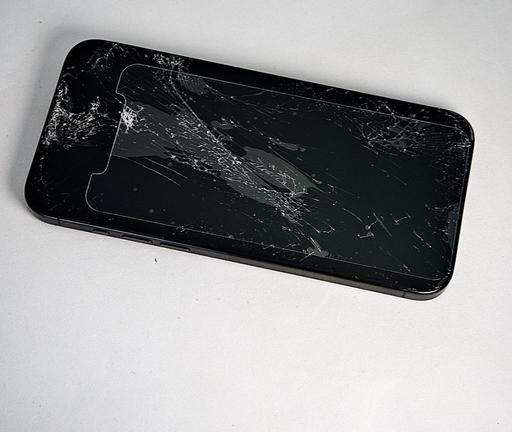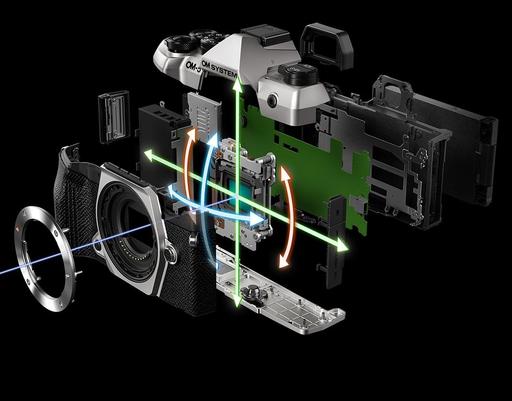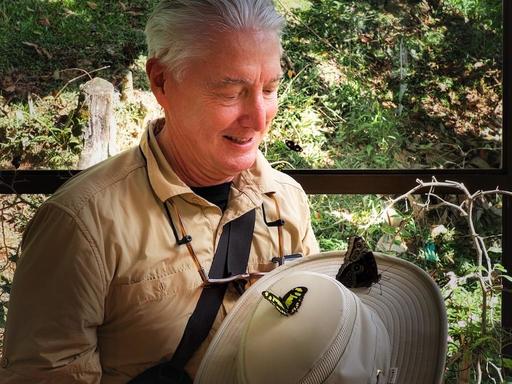This is The Digital Story Podcast 1,014, August 26, 2025. Today's theme is, "Ricoh GR IV, More than Meets the Eye." I'm Derrick Story.
Opening Monologue
$1,496 seems a lot to pay for a compact camera, that is, until you realize what everyone else will be charging for their products starting in September. So then we go to specs. Is this enough of an upgrade to warrant the price? I think it is, and will explain why in today's TDS Photography Podcast. I hope you enjoy the show.
Tune-In Via Your Favorite Podcast App!
Apple Podcasts -- Spotify Podcasts -- Stitcher
Podbean Podcasts -- Podbay FM -- Tune In
Ricoh GR IV, More than Meets the Eye
Before I starting researching the Ricoh GR IV, I was initially underwhelmed by its specs compared to the super-popular GR III. But as I began to dig into the decisions that Ricoh made regarding the update, I found myself impressed by their willingness to listen to customers and address those requests.
The GR IV is a very thoughtful camera, unique in its class, and refined with little touches that add up to a big upgrade. The best way to illustrate that is to review its highlight features.
- 25.7MP APS-C BSI CMOS Sensor with GR Engine 7 processor - the back-illuminated design for cleaner image quality and reduced noise. This sensor pairs with the updated GR ENGINE 7 processor that helps to achieve a full stop better low-light performance along with a faster 0.6-sec startup time, quicker focusing performance, up to ISO 204800, and the same versatile 14-bit DNG and JPEG recording as its predecessor.
- New 28mm f/2.8 Lens (Full-Frame Equiv.) - Plus, an integrated ND filter cuts down exposures by two stops, allowing the use of wider-than-normal aperture settings or slower shutter speeds for creative depth of field or motion blur effects. And yes, 35mm and 50mm crop modes.
- Improved AF and Low-Light Focusing - Aided by the new GR ENGINE 7 processing and a redesigned lens that's lighter in weight, AF performance is more responsive than its predecessor, focusing hunting is greatly reduced, and both face recognition and subject tracking have been improved. Additionally, pairing with the improved low-light image quality, low-light focusing is also faster and more accurate for shooting in difficult lighting conditions.
- 5-Axis 6-Stop Shake Reduction System - One more asset for low-light use, the GR IV has a new 5-axis Shake Reduction system that compensates for up to 6 stops of camera shake. Improving upon the 3-axis system of the previous generation, this new stabilization system compensates for more types of camera movement and is more effective at reducing the appearance of camera shake when shooting handheld.
- New DB-120 battery is used in the GR IV; this larger capacity battery now affords approximately 250 shots per charge compared to the 200 shots per charge of its predecessor. Plus, USB-C port permits in-camera battery charging and data transfer.
- 3.0" 1.04m-Dot Touchscreen LCD
- 53GB Built-In Memory & microSD Card Slot - Substantial internal storage could eliminate the need for memory card, especially in conjunction with the new mobile app, GR World.
- Top hot shoe supports using optional external flashes, such as the GF-2 External Flash that has a slim design to match the GR IV body and Auto Flash mode for simple, intuitive shooting with accurate auto exposure metering. This sleek flash has a guide number of 9.8' at ISO 100 and has an internal lithium-ion battery that can be recharged via USB-C.
- Improved dust control with redesigned lens barrel mechanism that draws in less dust and a coating on the sensor to repel it.
Lots of other goodies include Snap Priority mode ("Sn"), two new film simulations, Cinema Yellow and Cinema Green, and exposure compensation moves to a new vertical, Full HD 1080/60p Video Recording, plus-minus selector button in the top right corner of the camera (as in the GR II).
The new GR IV weighs only 9.2 oz including battery and media, a slight, .2 oz bump from the GR III but a significant improvement in efficiency considering the serious hardware upgrades and bigger battery.
I realize when folks first look at the listing for the GR IV, there's going to be some sticker shock. And rightly so. But this is a 9-ounce shirt-pocketable camera with an APS sensor, sharp lens, excellent film simulations, fast focusing, and 5-axis IBIS. It's literally an enthusiast camera that you can take anywhere.
I'm going to get my hands on one. More to come.
The Ricoh GR IV begins shipping on Sept. 12, 2025 for $1,496.95.
Camera Industry News
YouTube is Secretly Editing Users' Videos Without Their Consent - You can read the entire article on PetaPixel.com.
Better still: Nikon updates and improves its most important zoom - You can read the entire article on DPReview.com.
Why photographers like me obsess over the 200mm f/2 (and you should too as Sigma launches first one ever for mirrorless cameras) - You can read the entire article on DigitalCameraWorld.com.
Virtual Camera Club News
Inner Circle Bold. Sign up for the Annual Membership that's only $75.60 a year, you will receive all of the regular Inner Circle benefits, plus a coupon for your choice of a 2026 Online workshop hosted by me.
TDS Photography Workshops! Reserve your spot now. We have an exciting slate of online and in-person events. If you have any questions, use the Nimble Photographer Contact Form. I will get back to you ASAP.
Route 66 Photography Workshop - Oct. 14-17, 2025 - Join pro photographer and Route 66 explorer Rob Knight to explore the "mother road" this October. We will be based in Winslow and Kingman, Arizona, putting us right in the middle of the action.
Sonoma County Autumn Adventure Workshop, led by Derrick Story, starting on Nov. 4, 2025.
You can reserve your place of each of these events by visiting our Workshops Page.
Costa Rica! June 2026 - Complete information and registration here. This will be a once in a lifetime photography event. I hope you can join us.
The Nimble Photographer Newsletter is now publishing every Thursday. Readers will enjoy a variety of content spanning from short photo essays, to commentary on weekly events, to reviews of the latest and coolest photo gear.
Inner Circle Members: A big thanks to those who support our podcast and our efforts! We are having a blast at our new Inner Circle hangout, the private group I've set up at DerrickStoryOnline. We'd love it if you join us. You can become an Inner Circle Member by signing up at our Patreon site. You will automatically be added to the new hangout.
Great Photography Articles on Live View - If you check out our publication and appreciate what you see, be sure to follow us and clap for those authors. You can find us at medium.com/live-view.
If you're interested in writing for Live View, drop me a line at dstory@gmail.com.
The New Donation Kit for Carefree Shipping of Found Film Cameras - If you've discovered a film camera that's no longer being used, our new Donation Kit makes it easy to pack and ship. Just visit the Contact Form on thenimblephotographer.com, click the box next to Donating a Film Camera, and let me know what you have. In your note, be sure to include your shipping address.
Affiliate Links - The links to some products in this podcast contain an affiliate code that credits The Digital Story for any purchases made from B&H Photo and Amazon via that click-through. Depending on the purchase, we may receive some financial compensation.
Red River Paper - And finally, be sure to visit our friends at Red River Paper for all of your inkjet supply needs.
See you next week!
You can share your thoughts at the TDS Facebook page, where I'll post this story for discussion.
